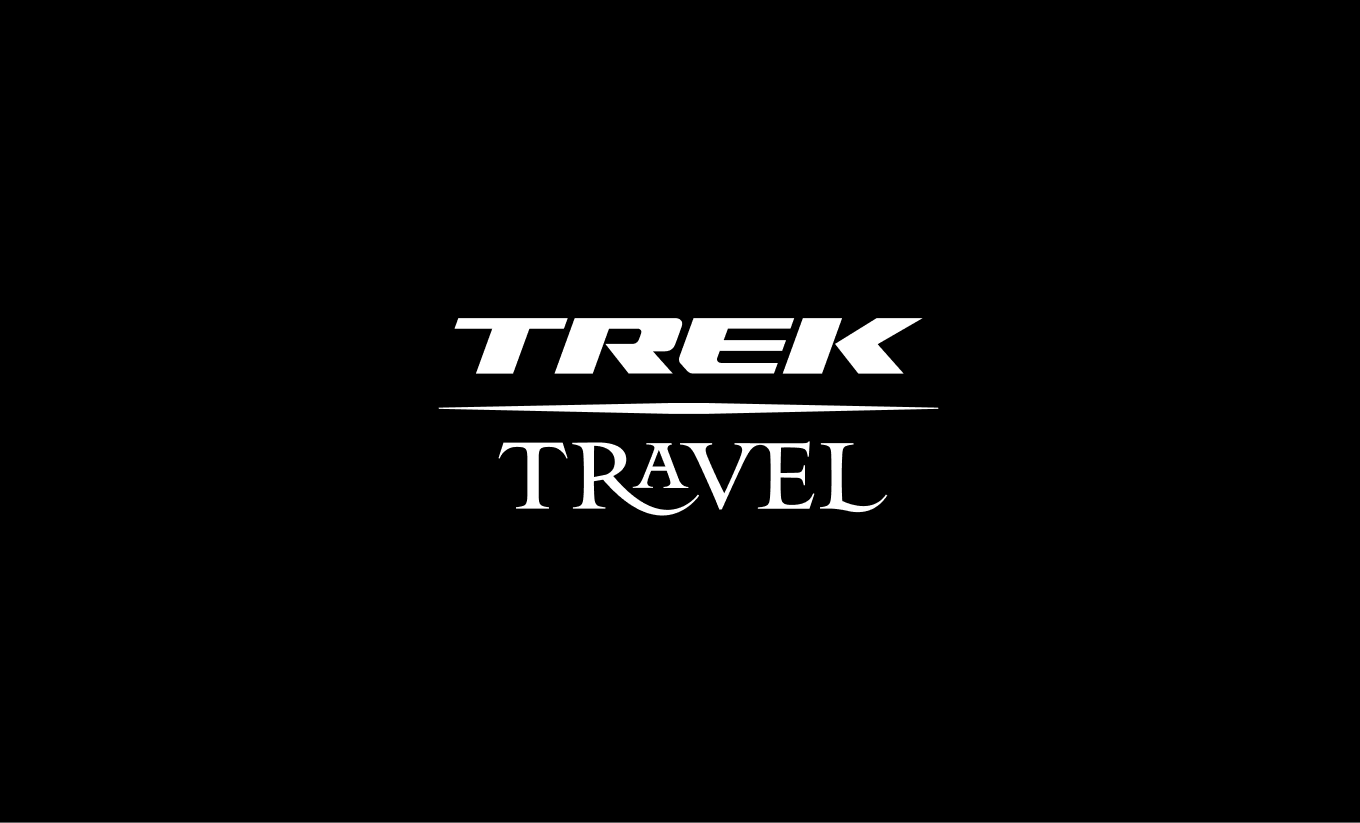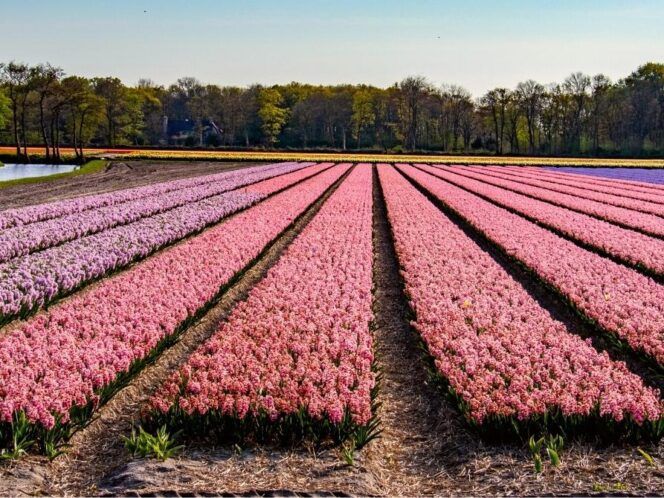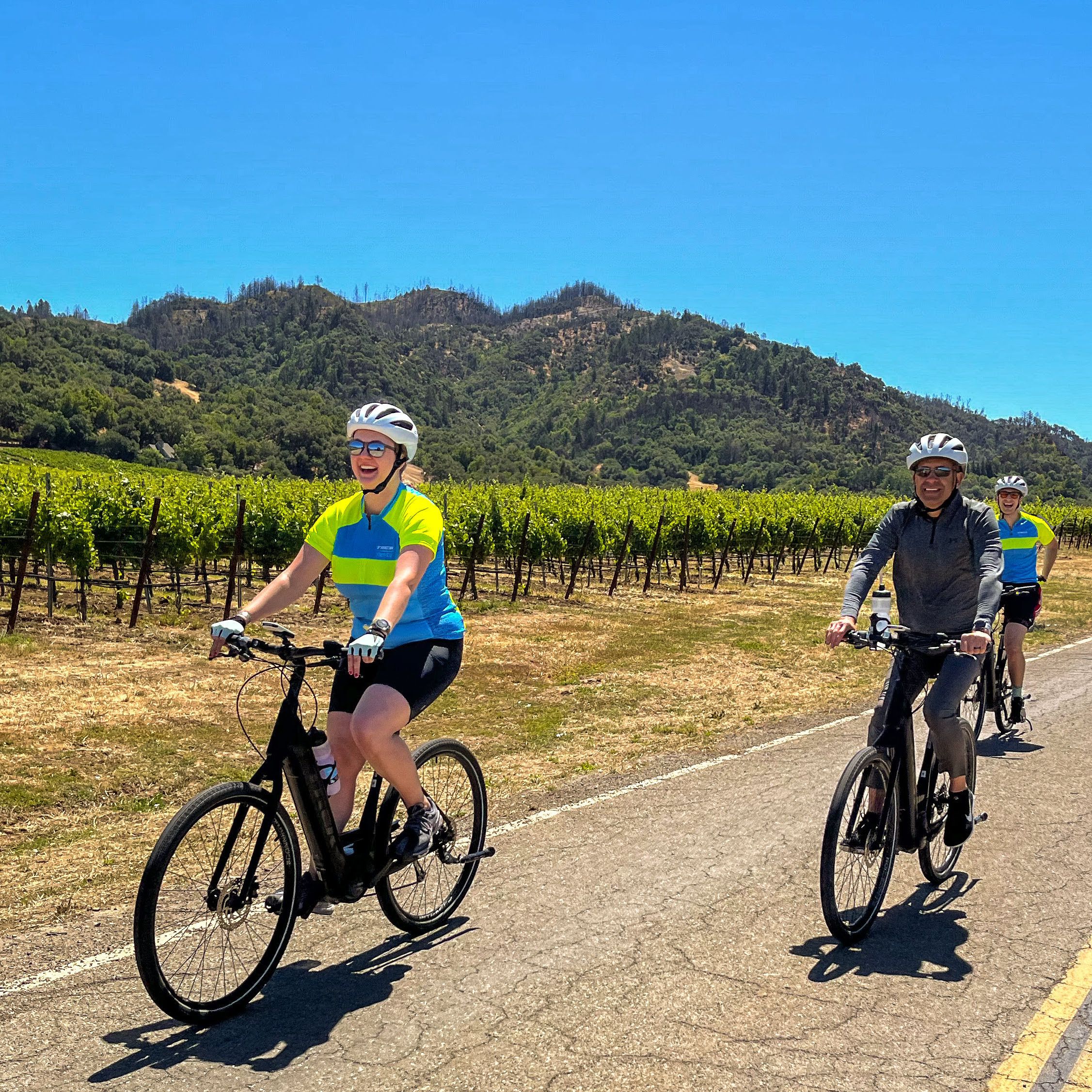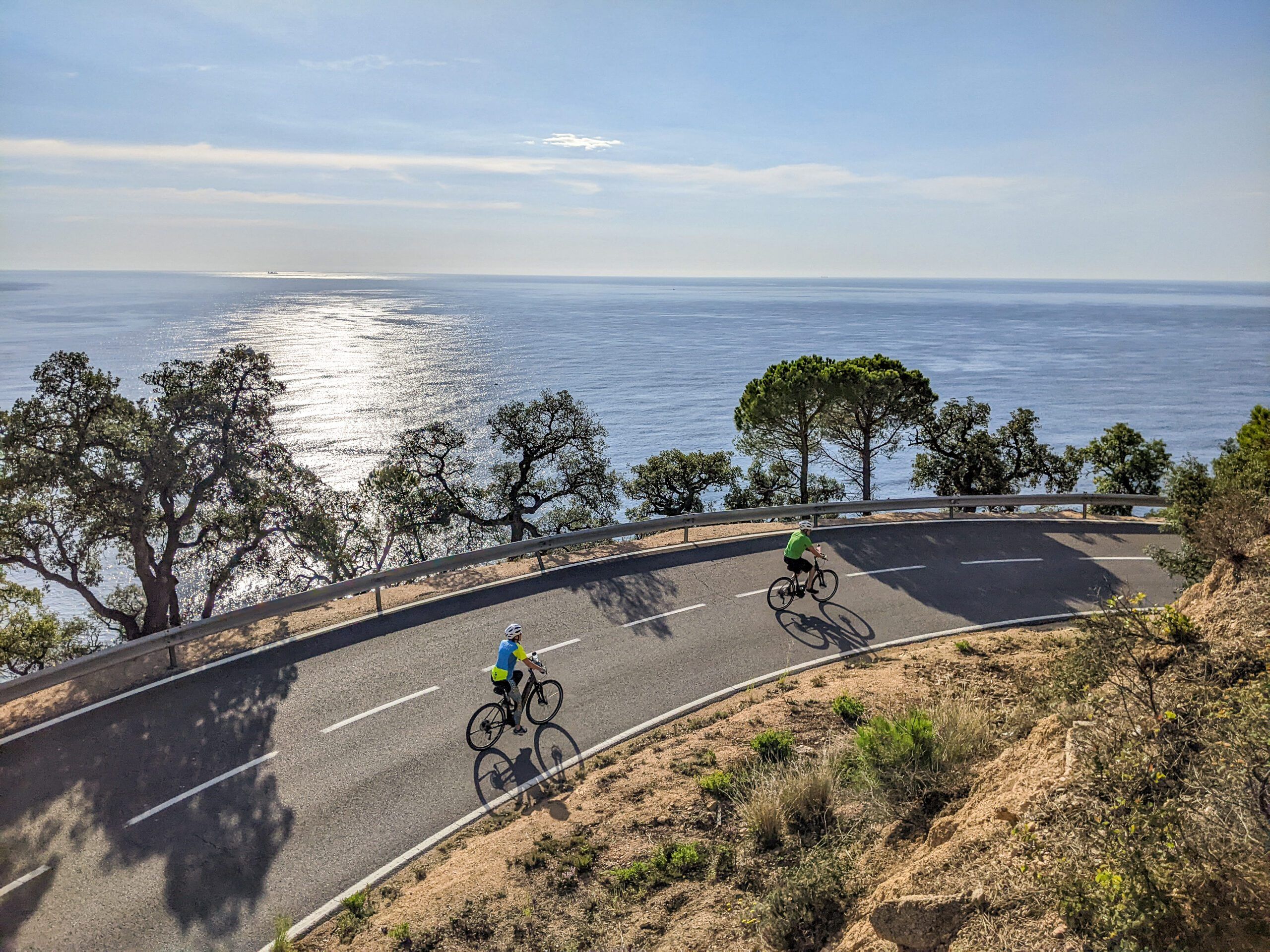
The story of Summit Lake Vineyards begins more than forty years ago when Bob and Sue Brakesman, the owners and operators of Summit Lake, met at Jordan Jr. High school in Palo Alto, California. After graduating from school in 1964, Bob went to the University of California at Berkeley to study mechanical engineering, and Sue went to Foothills Jr. College in Los Altos to study biology.
Words by Sue Brakesman
Bob joined the Phi Gamma Delta house and Sue would visit on weekends, enjoying all the activities that made the “Fijis” famous–not protesting the war or burning bras or marching on the student union. What they were famous for was their wild parties and their fraternity brother, Bill Gamma. When the chancellor realized he was a fictitiously registered student to whom all vehicles, library books, beer kegs, etc., were registered, the entire fraternity was asked to leave and never return to another U.C. Campus.
Soon after the “Fiji” fiasco, Bob and fraternity brother Tom Anderson took a year off. They flew to England, purchased a Volkswagen van and traveled through Europe and the Middle East, as far as Afghanistan and Indian Nepal. Upon his return, Bob enrolled in San Jose State. While Bob finished his degree, he and Sue lived in a romantic cabin on a horse-boarding ranch in the foothills of West San Jose. The Agees, their landlords, had extensive gardens, chickens, goats, dogs, cats, and of course, horses. They loved their new home.
One afternoon, out by the north corral, Bob met one of the neighbors, Peter Mirassou. Peter had recently retired as CEO of Mirassou Vineyards. Bob had begun making his own beer and invited Peter in for a taste. In the course of their conversation, Peter suggested Bob trying “brewing” wine. The Agee ranch was surrounded by vineyards and orchards. That fall, late one evening, Bob liberated some of the local grapes. Following the ancient tradition, they crushed the purloined fruit in open top fermenters (new plastic garbage cans). Their wine-making days had begun.

Bob graduated from San Jose State in January 1971. To celebrate, Bob and Sue packed their Dodge van and took off for South America. They drove to Miami and joined another fraternity brother, Peter Downey, who was finishing a Peace Corp assignment in Chile. They spent many hours sipping the luscious wines of small family-run wineries in Peru, Chile and Argentina. This led Bob to question whether he wanted to be an engineer or explore his growing passion for wine and wine-making. On their return, they moved from the San Jose cabin. Bob went to Point Reyes to help his friend Tom Anderson build a house in the forest, and Sue went back to her family home in Palo Alto. They would travel different routes through the Northern California wine country, looking for an affordable piece of land to start their own vineyard. Bob was always drawn back to the Napa Valley.
On November 12, 1971, Sue returned home from work. Bob was there with birthday champagne for her and her mother. Acting a bit strangely, he kept telling Sue to open her birthday card. Inside the card was the deed to Summit Lake Vineyards! It described 28 acres of land, eight planted in pre-prohibition Zinfandel (their favorite varietal), fruit trees in the orchard, a chicken house, garage, a huge redwood barn, walnut groves, vistas in every direction, and a house built in the 1880’s. Reading the deed, Sue thought Bob had purchased paradise.
On Christmas Eve of that year, they left their old life behind. Having yet to see the ranch, Sue was giddy with anticipation. When they finally entered the gate and drove down the muddy driveway, her heart sank. It was paradise all right, after the fall. The deed had failed to mention that the property had been abandoned for over thirty years and was completely overgrown with manzanita, poison oak, and coyote weed. Only the house had been used, but it too had fallen into a woeful state of disrepair. The house was filthy; it was freezing cold and the fireplace barely worked. After placing buckets around to catch the leaks, they went to bed listening to the storm. The next morning there was snow on the windowsill and on the bedroom floor. They dressed and rushed outside into their first white Christmas on Howell Mountain. Sue’s anxieties vanished when she saw how a beautiful white coat of snow had transformed the land. They rolled up their sleeves and went to work…a lot of work!
Their first step was to befriend the local farm advisor, Jim Lider, who quickly became their guru. He helped them define the soil, told them the history of the vineyard, and recommended rootstock. Well into the third month on the ranch, they discovered a pre-World War II tractor hidden in the brush. After several trips to the tractor graveyards in Petaluma, Bob worked his magic and the work became easier. It took a little over two years to clear the land and resurrect the old eight acre Zinfandel vineyard.

After restoring the old Zinfandel vines, Bob and Sue needed to expand and improve the rest of the land. When they needed vines, they both went to work at a nursery in St. Helena that produced bench-grafts (baby grapevines). They worked the 6PM to midnight shift, staying a couple of hours more each night grafting their own vines. They planted them in milk cartons and lined them up behind the house with overhead sprinklers to keep them healthy. On weekends, friends with white-collar jobs would come up to the ranch and help plant the new vines, enticed by the promise of a six-pack of cold beer upon the completion of a row. It took three years to plant thirteen acres of new vines, eleven of Zinfandel and two of Cabernet. During this time, Heather, their first daughter was born. She spent time strapped to Sue’s back, sitting in a big canning pot, or playing with the water dribbling from a hose, happy to watch her young parents work.
When the vines needed water, Bob went to work for a company that installed drip irrigation systems. It was the company’s policy to bury leftover pipes and fitting because it was too costly to return them to the warehouse. Soon the leftovers began to come home on the back of their flatbed truck. Within a year their irrigation system was complete. It was then time to let the vineyards mature.
When Bob needed to perfect his winemaking skills, he took a position as cellar foreman at Freemark Abbey which, in the early 1980’s, was considered one of the best of the 13 wineries on the valley floor. Owners Chuck Carpy, Bill Yeager and Frank Wood were legendary. Their winemaker, Jerry Luper, became a friend and mentor to Bob. Freemark developed many innovative techniques, producing one of the first Trockenbeerenauslesen in California (a sweet late harvest wine). Bob was in heaven for the next six years. During the crush of 1975, their son Brian was born.
Before 1985 all harvests were parties. Friends would begin to arrive on Thursday night and the fields would begin to look like an ad for The Whole Earth Catalog. Bright and early Saturday morning everyone would invade the vineyards with assorted trucks, lug boxes, grape knives and first aid kits. Soon the fruit would start arriving at the crush pad behind the house. The men would flex their muscles and begin pitch-forking the grapes into the stemmer crusher. During crush, Sue would act as queen bee in the kitchen directing all the gals in preparing the nights feast. Dining, dancing, and hot tubing would last well into the night. The following morning, those that could crawl out of their sleeping bags would come down into the basement and help bottle the wine from two harvests ago. The old hand corker made a wonderful rhythm. Music and laughter filled the basement as they worked and talked about the crazy activities of the previous evening. Everyone left with a “free” case of wine.

When they outgrew the small cellar under the house, it was time to build a winery. A sight was cleared and leveled and a massive cement pad was poured. Their three children’s handprints can still be found in the Northwest corner. Their youngest, Danny, born in 1979, and their old dog, Blue, left many additional prints. The walls were constructed and raised with the help of friends and neighbors and their tractors, in the true “barn-raising” style. With the rafters in place, Sue’s cousins Mark and Russell skillfully laid the roof. A couple of coats of paint on the walls and a beautiful mural on the big front doors painted by Sue’s Uncle Ralph completed the job. Bonded winery #5255 was finished in 1985.
Bob’s engineering degree kicked into full throttle when the winery needed equipment. He began working for the Complete Winemaker in St. Helena. Bob was soon traveling to wineries springing up in Napa, Sonoma, and Mendocino, designing and installing their new bottling lines. He also kept a sharp eye on the equipment ready to be replaced. A filler from here, a labeler from there, tanks, barrels, pieces of this and that, lots of stainless steel, and the winery was ready to go. Summit Lake Vineyards first commercial release, a 1978 Zinfandel, won the coveted double gold medal at the California State Fair. It sold out in just eight days. They had done it!
2015 marks our 44th year at Summit Lake Vineyards, and we are proud to still be Family Owned and Operated. In addition to our Zinfandel, we are now producing Cabernet Sauvignon, Zinfandel Port, Petite Sirah, and Rosé. All of these wines are named for Bob and Sue’s granddaughters; Emily Kestrel, Clair Riley, Sophia Lynn, and Blythe Susan. A big “THANK YOU!” to all of the family and friends that have made Summit Lake Vineyards what it is today, we couldn’t have done it without you!
ENJOY A RELAXING AFTERNOON AT SUMMIT LAKE VINEYARDS ON OUR CALIFORNIA WINE COUNTRY TRIP»







